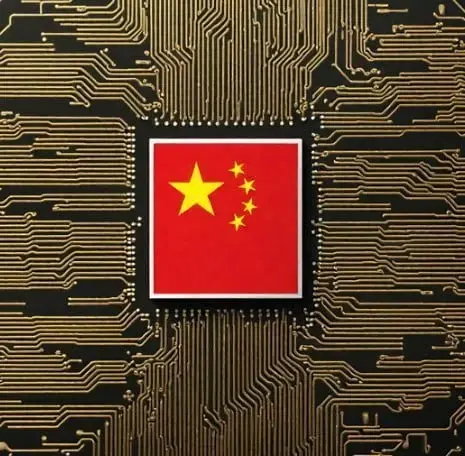Beijing Introduces State-of-the-Art Computing Platform to Resolve Shortage of Computing Power
Beijing has recently launched a cutting-edge computing platform, known as the Beijing AI Public Computing Platform or the Shangzhuang project. This initiative comes at a crucial time as global semiconductor tensions, particularly with the US, continue to escalate.
The main objective of the Shangzhuang project, operated by Beijing Energy Holding (BEH), is to address the critical shortage of computing power in Beijing. This shortage has posed significant challenges for universities, research centers, and small and medium-sized businesses. The introduction of this new platform is not only a technological advancement but also a strategic move to establish China as a leader in AI technology.
Impressive Computing Power and Sustainability Commitment
BEH’s computing platform is equipped with a remarkable 500 petaflops of power in its initial phase. To put this into perspective, the most powerful supercomputer in the world, the US’s Frontier, has a peak performance of 1,194 petaflops. However, BEH has ambitious plans to triple this capacity to 1,500 petaflops in the near future.
One notable aspect of the Shangzhuang project is its commitment to sustainability. BEH has expressed its intention to eventually power the platform entirely with green energy, aligning with global environmental goals.
Collaborations and Partnerships
The inauguration of the platform was marked by significant collaborations with major Chinese tech firms. BEH signed agreements with Alibaba Cloud and AI startup Zhipu AI, among others. These partnerships aim to explore various sectors, ranging from green energy to digital economy development.
Beijing’s Broader Strategy
The introduction of the Shangzhuang project is part of a broader strategy by Beijing’s municipal government. Earlier this year, the government announced plans to consolidate computing resources to bolster AI development. With a third of China’s core AI startups already based in Beijing, the city is rapidly solidifying its position as a hub for AI innovation.
With the Beijing AI Public Computing Platform, Beijing aims to address the shortage of computing power and further its ambitions in AI technology. The platform’s impressive computing capabilities and commitment to sustainability, along with collaborations with major tech firms, position Beijing as a frontrunner in the global AI race. As tensions in the semiconductor industry continue to rise, initiatives like the Shangzhuang project play a crucial role in ensuring technological advancements and maintaining a competitive edge in the field of AI.


